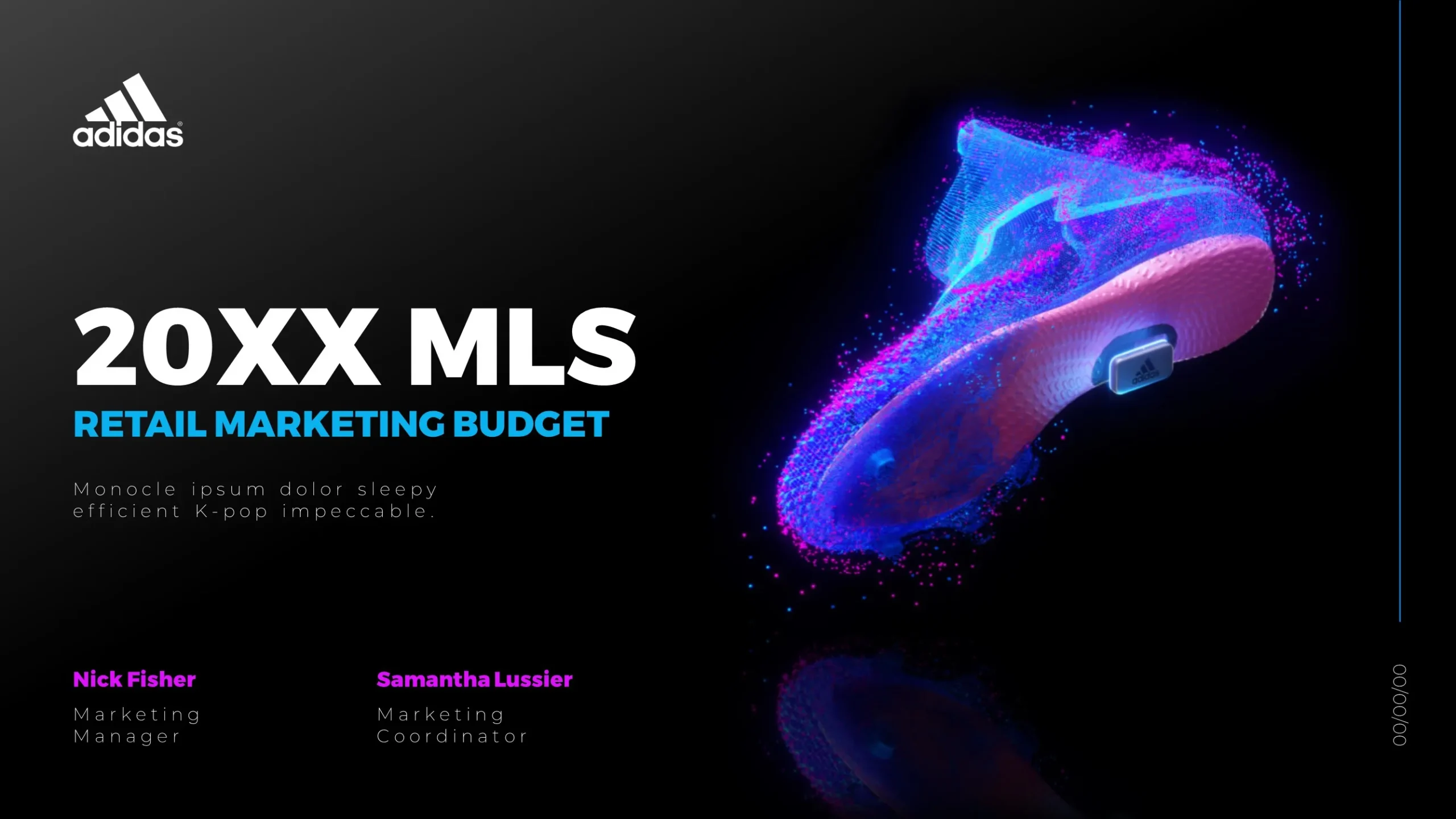Creating a comprehensive and engaging business plan presentation is essential for effectively communicating your company’s vision, strategy, and potential to investors, partners, and other stakeholders. Here are the key elements that should be included in a company business plan presentation:
1. Title Slide
- Business Name: Clearly state your business name.
- Tagline: A concise, compelling tagline.
- Presenter’s Name and Title: Name and title of the presenter.
- Date: The date of the presentation.
- Contact Information: Email, phone number, and website.
2. Executive Summary
- Business Overview: Brief description of your business and what it does.
- Mission Statement: Your business’s purpose and core values.
- Vision: Long-term vision for the business.
- Objectives: Key objectives and goals.
- Funding Request: The amount of funding you are seeking and the purpose of the funds.
3. Problem Statement
- Identify the Problem: Clearly define the problem your business aims to solve.
- Market Need: Explain why this problem is significant and who is affected by it.
4. Solution
- Product/Service Description: Detailed description of your product or service.
- Unique Value Proposition: What sets your solution apart from the competition.
- Benefits: Key benefits and features of your product or service.
5. Market Analysis
- Target Market: Define your target audience or customer segments.
- Market Size and Growth: Provide data on market size, growth potential, and trends.
- Market Opportunity: Highlight the opportunity within the market.
- Competitive Analysis: Identify key competitors and your competitive advantage.
6. Business Model
- Revenue Streams: Explain how your business will make money.
- Pricing Strategy: Outline your pricing model.
- Sales Strategy: Describe how you will sell your product or service.
- Customer Acquisition: Strategy for acquiring and retaining customers.
7. Marketing and Sales Strategy
- Marketing Plan: Strategies for attracting and retaining customers.
- Sales Process: Step-by-step process of how you will achieve sales targets.
- Channels: Key channels through which you will market and sell your product/service.
8. Product/Service Roadmap
- Development Stages: Current development stage and future milestones.
- Timeline: Key milestones and timelines for product or service development.
9. Management Team
- Team Members: Key members of your management team and their roles.
- Experience and Expertise: Relevant experience and qualifications of the team.
- Advisors: Any key advisors or mentors.
10. Financial Plan
- Revenue Projections: Detailed revenue forecasts for the next 3-5 years.
- Expense Projections: Expected expenses and cost structure.
- Profit and Loss Statement: Projected profit and loss over the next few years.
- Break-Even Analysis: When you expect to break even.
- Cash Flow Statement: Expected cash flow.
- Funding Requirements: Detailed breakdown of the funding needed and how it will be used.
- Return on Investment (ROI): Expected ROI for investors.
11. Risk Analysis
- Potential Risks: Identify key risks and challenges your business may face.
- Mitigation Strategies: How you plan to mitigate these risks.
12. Traction and Milestones
- Current Traction: Any progress or achievements to date (e.g., sales, users, partnerships).
- Future Milestones: Key milestones you aim to achieve in the near future.
13. Conclusion and Call to Action
- Summary: Recap of the key points.
- Call to Action: What you want from the audience (e.g., investment, partnership).
- Contact Information: How to get in touch with you for further discussions.
Tips for a Compelling Presentation
- Clarity and Brevity: Keep slides concise and to the point. Avoid overloading slides with information.
- Visual Appeal: Use high-quality visuals, such as charts, graphs, and infographics, to illustrate key points.
- Consistency: Maintain a consistent design throughout the presentation to ensure a professional look.
- Practice: Rehearse your presentation multiple times to ensure smooth delivery and confidence.
- Engagement: Engage with your audience by encouraging questions and addressing their concerns.
Tools and Resources
- Presentation Software: Use tools like Microsoft PowerPoint, Google Slides, or Canva to create your pitch deck.
- Templates: Consider using professionally designed templates from sites like SlideGenius, Canva, or Envato Elements.
- Design Resources: Utilize resources such as Unsplash for high-quality images and Icons8 for icons to enhance your slides.
Conclusion
Including these key elements in your company business plan presentation will help you clearly communicate your business’s potential and effectively engage with investors, partners, and other stakeholders. By focusing on clarity, visual appeal, and concise information, you can create a compelling presentation that increases your chances of achieving your business objectives.









